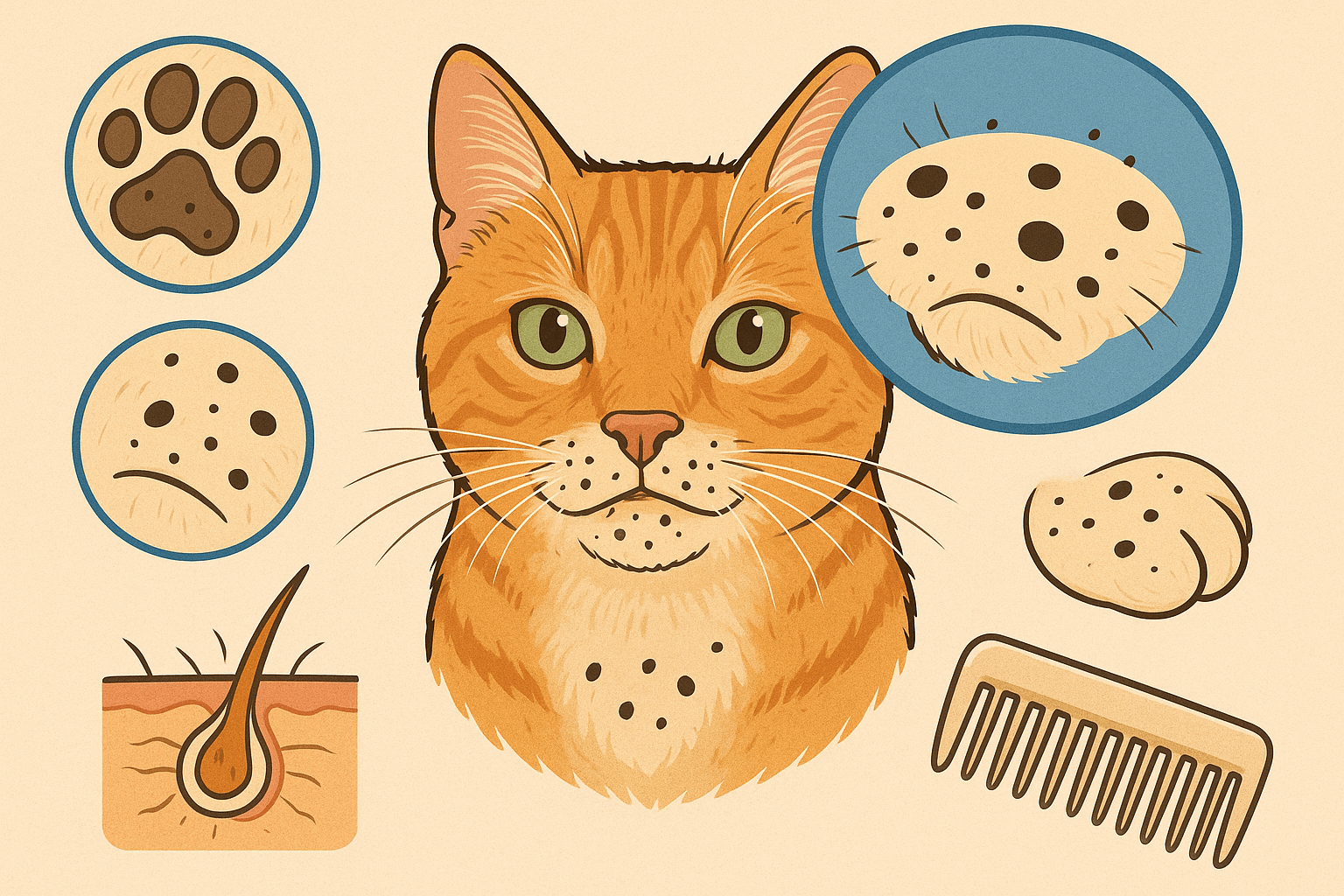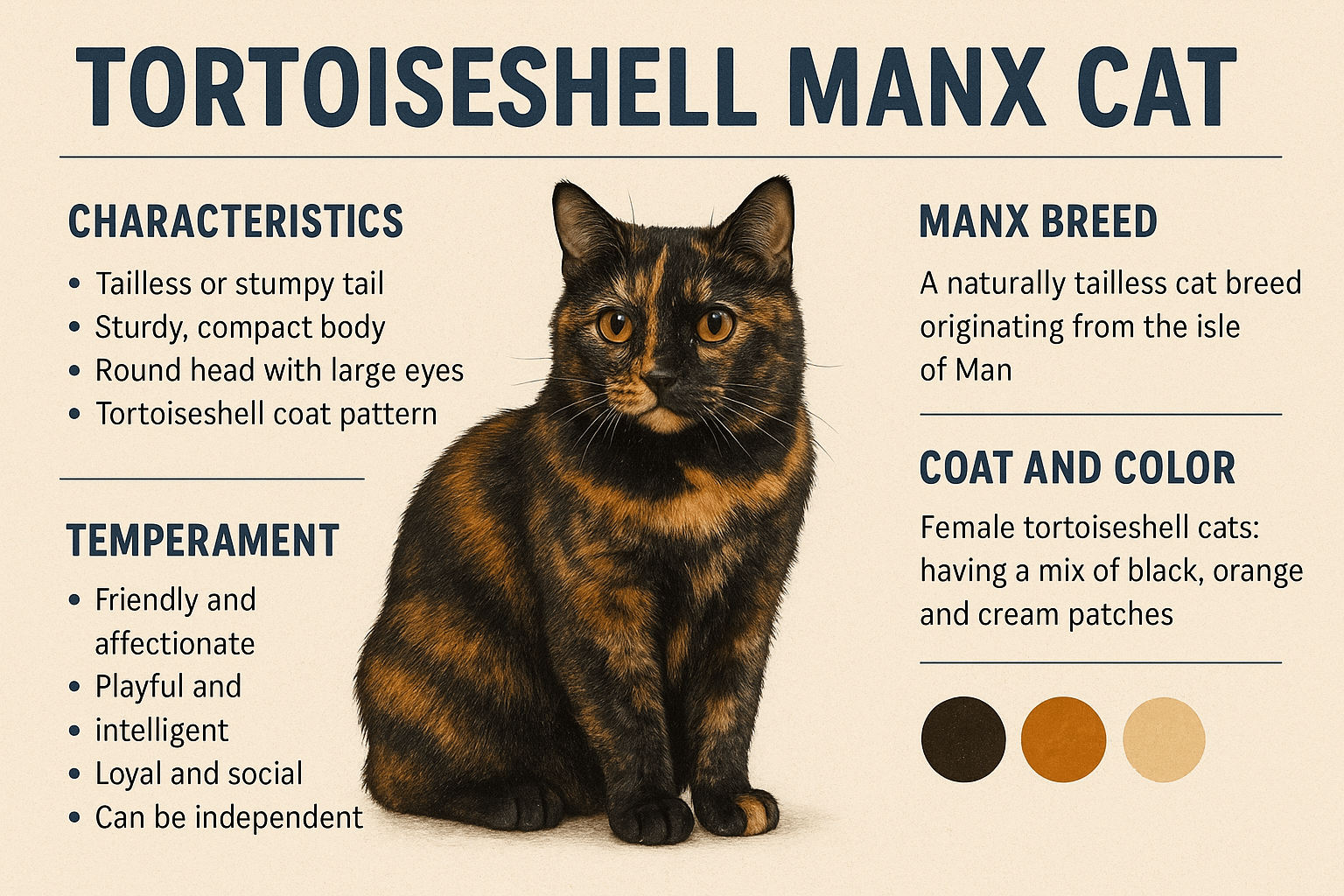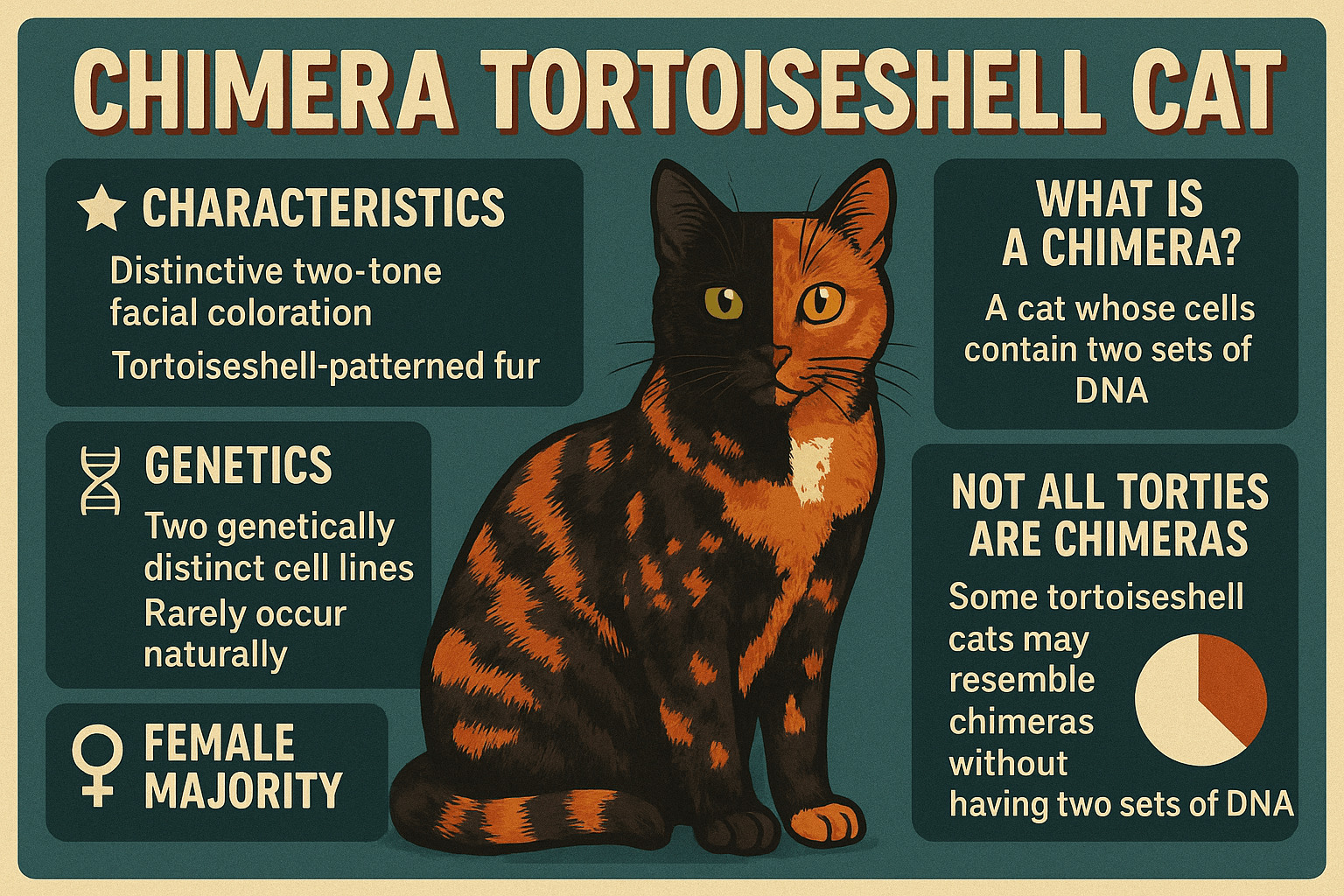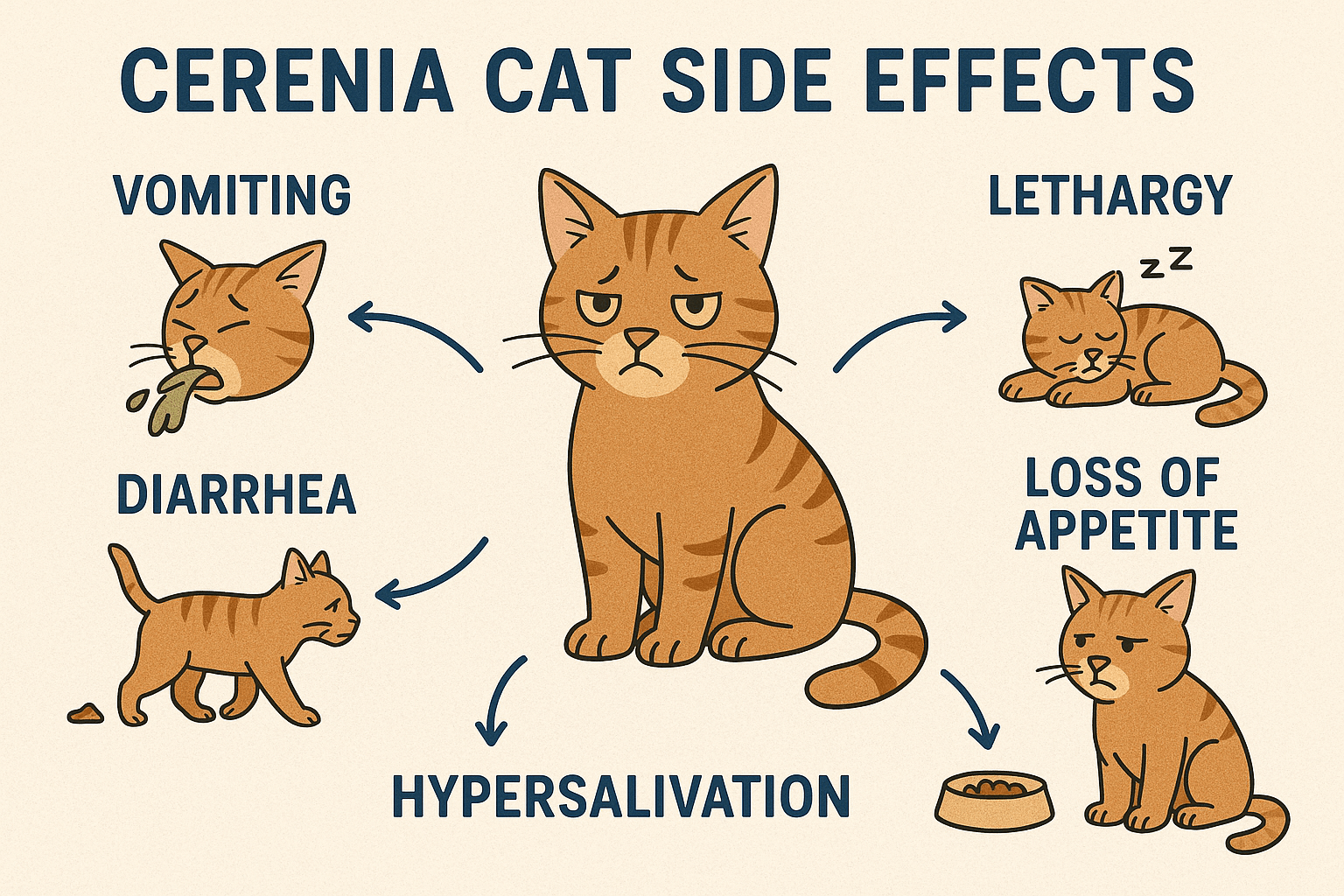Black Spots on Cat Chin: What You Need to Know
If you’ve noticed black spots appearing on your cat’s chin, you might be wondering what they are and whether they’re a cause for concern. These spots can range from harmless pigmentation changes to signs of an underlying issue like acne or infection. While some black spots are completely normal, others may require attention to ensure your feline friend stays healthy and comfortable. In this blog post, we’ll explore the possible causes of black spots on a cat’s chin, how to identify potential problems, and what steps you can take to address them. Whether you’re a new cat owner or a seasoned pet parent, understanding these markings will help you care for your cat with confidence.
Common Causes of Black Spots on a Cat’s Chin
Black spots on a cat’s chin can stem from various sources, ranging from natural occurrences to medical conditions. Here are some of the most common explanations for these mysterious marks.
Feline Acne:
Feline acne often manifests as blackheads or dark spots on the chin. It occurs when hair follicles become clogged with oil and debris.Pigmentation Changes:
As cats age, their skin may develop hyperpigmentation, leading to harmless black spots that don’t require treatment.Allergic Reactions:
Allergies to food, plastic bowls, or environmental factors can irritate the skin and result in darkened patches or scabs.Bacterial or Fungal Infections:
Infections can cause inflammation and discoloration, often accompanied by redness, swelling, or discomfort.Trauma or Irritation:
Scratching, rubbing, or minor injuries to the chin can lead to scabbing or darkened areas as the skin heals.
Understanding these potential causes is the first step toward determining whether your cat’s black spots are harmless or warrant veterinary attention.
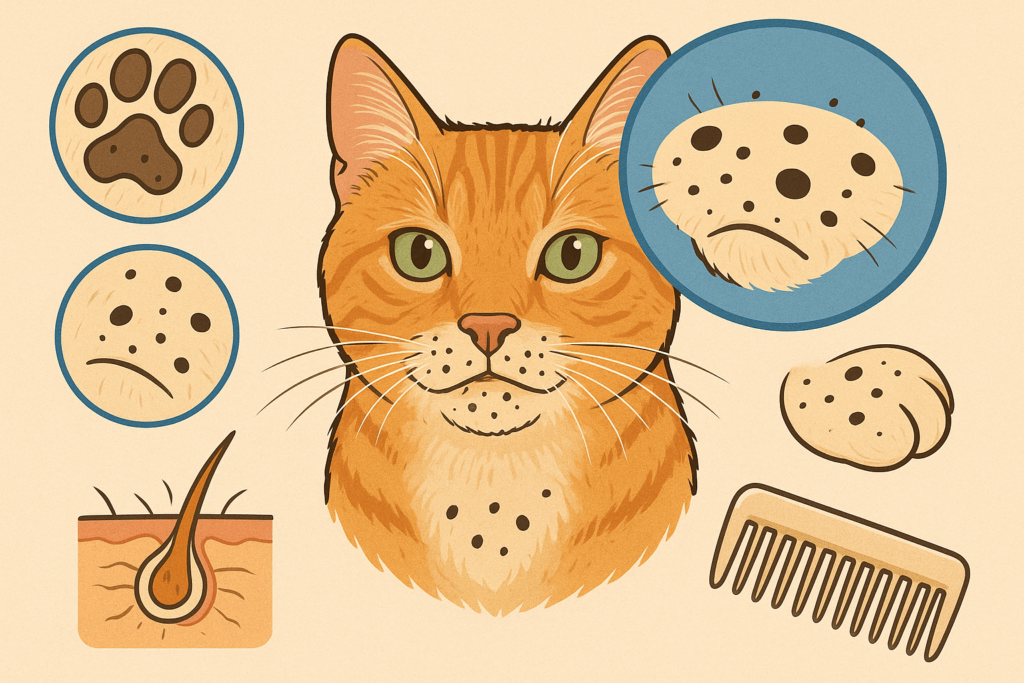
Signs That Black Spots May Indicate a Problem
While some black spots are benign, others could signal an underlying issue. Watch for these warning signs that suggest your cat’s chin needs professional evaluation.
Redness and Swelling:
If the area around the black spots appears inflamed or swollen, it may indicate an infection or irritation.Hair Loss Around the Chin:
Patchy or thinning fur near the affected area can be a sign of dermatitis or another skin condition.Excessive Scratching or Rubbing:
Persistent scratching or rubbing suggests your cat is experiencing discomfort or pain.Crusty or Scabby Skin:
Crustiness or scabs forming over the black spots may point to feline acne or a healing wound.Changes in Behavior:
If your cat seems lethargic, irritable, or avoids being touched, it could indicate a more serious health issue.
Recognizing these symptoms early allows you to seek timely treatment and prevent further complications.
Check this guide 👉Black Spots on Cat Nose: Best 7 Expert Tips!
Check this guide 👉Home Remedies for Cat Acne: Best 7 Expert Tips!
Check this guide 👉Should You Pop Cat Acne? Best 7 Health Tips!
Preventive Measures for Cat Chin Health | When to Consult a Veterinarian |
|---|---|
Use stainless steel or ceramic food bowls | Persistent redness or swelling |
Clean your cat’s chin regularly with water | Signs of pain or discomfort |
Avoid harsh chemicals near the chin area | Unexplained hair loss or scabbing |
Provide a balanced diet free of allergens | Rapid spread of black spots |
Monitor for changes in skin texture | Behavioral changes or lethargy |
How to Care for Your Cat’s Chin at Home
Proper at-home care can help manage and prevent issues related to black spots on your cat’s chin. Follow these steps to keep your cat’s skin healthy and clean.
Switch to Non-Plastic Bowls:
Plastic bowls can harbor bacteria and trigger allergies. Opt for stainless steel or ceramic alternatives instead.Clean the Area Gently:
Use a soft cloth dampened with warm water to wipe your cat’s chin daily, especially after meals.Avoid Over-Bathing:
Frequent baths can dry out your cat’s skin. Stick to targeted cleaning unless advised otherwise by your vet.Apply Vet-Recommended Treatments:
For feline acne, your veterinarian may suggest medicated wipes or topical treatments to clear up the spots.Monitor Diet and Hydration:
Ensure your cat is eating a balanced diet and staying hydrated to support overall skin health.
By incorporating these practices into your routine, you can minimize the risk of chin-related issues and promote your cat’s well-being.
Tips for Managing Feline Acne Effectively
Feline acne is one of the most common causes of black spots on a cat’s chin. With proper management, you can reduce flare-ups and keep your cat comfortable.
Identify Triggers:
Determine if certain foods, bowls, or grooming products exacerbate the condition and eliminate them from your cat’s environment.Use Medicated Wipes:
Specialized wipes designed for feline acne can help remove excess oil and debris without irritating the skin.Maintain a Consistent Cleaning Routine:
Regularly cleaning your cat’s chin prevents the buildup of dirt and oil that contributes to acne.Consider Dietary Supplements:
Omega-3 fatty acids and other supplements can improve skin health and reduce inflammation caused by acne.Be Patient with Treatment:
Feline acne may take time to resolve, so consistency and follow-through are key to seeing results.
With patience and care, managing feline acne becomes a manageable part of your cat’s grooming routine.
How to Spot Early Warning Signs
Catching problems early can make a big difference in treating black spots on your cat’s chin. Look out for these subtle signs that something might be wrong.
Darkening of the Skin:
Gradual darkening or discoloration can indicate an ongoing issue, such as chronic acne or hormonal changes.Odor from the Chin Area:
An unusual smell near the chin may signal an infection or bacterial overgrowth.Increased Sensitivity:
If your cat flinches or reacts negatively when you touch their chin, it could mean they’re experiencing discomfort.Dry or Flaky Skin:
Dry patches or flakes around the chin area may point to dehydration or an allergic reaction.Changes in Eating Habits:
Reluctance to eat or drink could indicate pain or irritation around the chin.
Staying vigilant about these early signs ensures prompt intervention and better outcomes for your cat’s health.
Preventing Future Issues
Prevention is always better than cure when it comes to your cat’s chin health. Implementing these strategies can help reduce the likelihood of black spots reappearing.
Regular Check-Ups:
Schedule routine veterinary visits to monitor your cat’s skin and overall health proactively.Keep Bowls Clean:
Wash your cat’s food and water bowls daily to prevent bacterial buildup that could irritate their skin.Choose Hypoallergenic Food:
Opt for high-quality, hypoallergenic cat food to minimize the risk of dietary allergies.Provide Plenty of Water:
Encourage hydration by offering fresh water frequently, which supports healthy skin function.Brush Your Cat Regularly:
Regular brushing helps distribute natural oils evenly across the skin, reducing the risk of clogged pores.
Taking preventive measures creates a healthier environment for your cat and reduces the chances of recurring issues.
When to Seek Immediate Veterinary Attention
While many cases of black spots are mild, some situations require urgent care. Knowing when to act quickly can save your cat from unnecessary suffering.
Severe Swelling or Pus:
Significant swelling or discharge indicates a possible abscess or severe infection that needs immediate treatment.Open Sores or Bleeding:
Any open wounds or bleeding should be addressed promptly to prevent further complications.Sudden Onset of Symptoms:
If black spots appear suddenly alongside other alarming symptoms, contact your vet right away.Difficulty Eating or Drinking:
Pain or discomfort while eating or drinking could signify an underlying issue affecting the chin area.Lethargy or Fever:
General signs of illness, such as lethargy or elevated body temperature, suggest a systemic problem requiring veterinary care.
Acting swiftly in these scenarios ensures your cat receives the necessary treatment to recover fully.
Frequently Asked Questions About Black Spots on a Cat’s Chin
Are black spots on a cat’s chin normal?
Some black spots are normal, but persistent or worsening spots may indicate a health issue that requires attention.
Can I pop blackheads on my cat’s chin?
No, popping blackheads can lead to infection. Instead, consult your vet for safe treatment options.
What causes feline acne?
Feline acne is often caused by clogged hair follicles, poor hygiene, or reactions to plastic bowls.
Will black spots go away on their own?
Harmless pigmentation changes may remain permanent, but treatable conditions like acne usually improve with care.
How can I clean my cat’s chin safely?
Use a soft cloth dampened with warm water or vet-approved wipes to gently clean the area without irritating the skin.
Promoting a Healthy and Happy Cat
Black spots on your cat’s chin may seem mysterious, but with the right knowledge and care, they don’t have to be a source of worry. By understanding the potential causes, recognizing warning signs, and taking proactive steps to maintain your cat’s skin health, you can ensure they stay comfortable and content. Remember, your veterinarian is always there to help if you’re unsure about any changes in your cat’s appearance or behavior. With love, attention, and proper care, your feline companion will continue to thrive—and those little chin mysteries will remain just that: small, solvable puzzles in an otherwise purr-fect life.
Why Are Cats So Warm? If you’ve ever cuddled up with a cat, you’ve likely noticed how warm they feel against …
Tortoiseshell Manx Cat: Best 7 Expert Tips! Discover expert advice on caring for this unique breed, from health and grooming to personality insights. Perfect for cat lovers!
Chimera Tortoiseshell Cat: Best 7 Expert Tips! Discover the unique traits, care needs, and fascinating facts about chimera tortoiseshell cats to better understand these rare feline wonders.
Cerenia Cat Side Effects: Best 7 Expert Tips! Discover expert advice on managing Cerenia side effects, ensuring your cat’s safety, and promoting a smooth recovery with practical tips.

